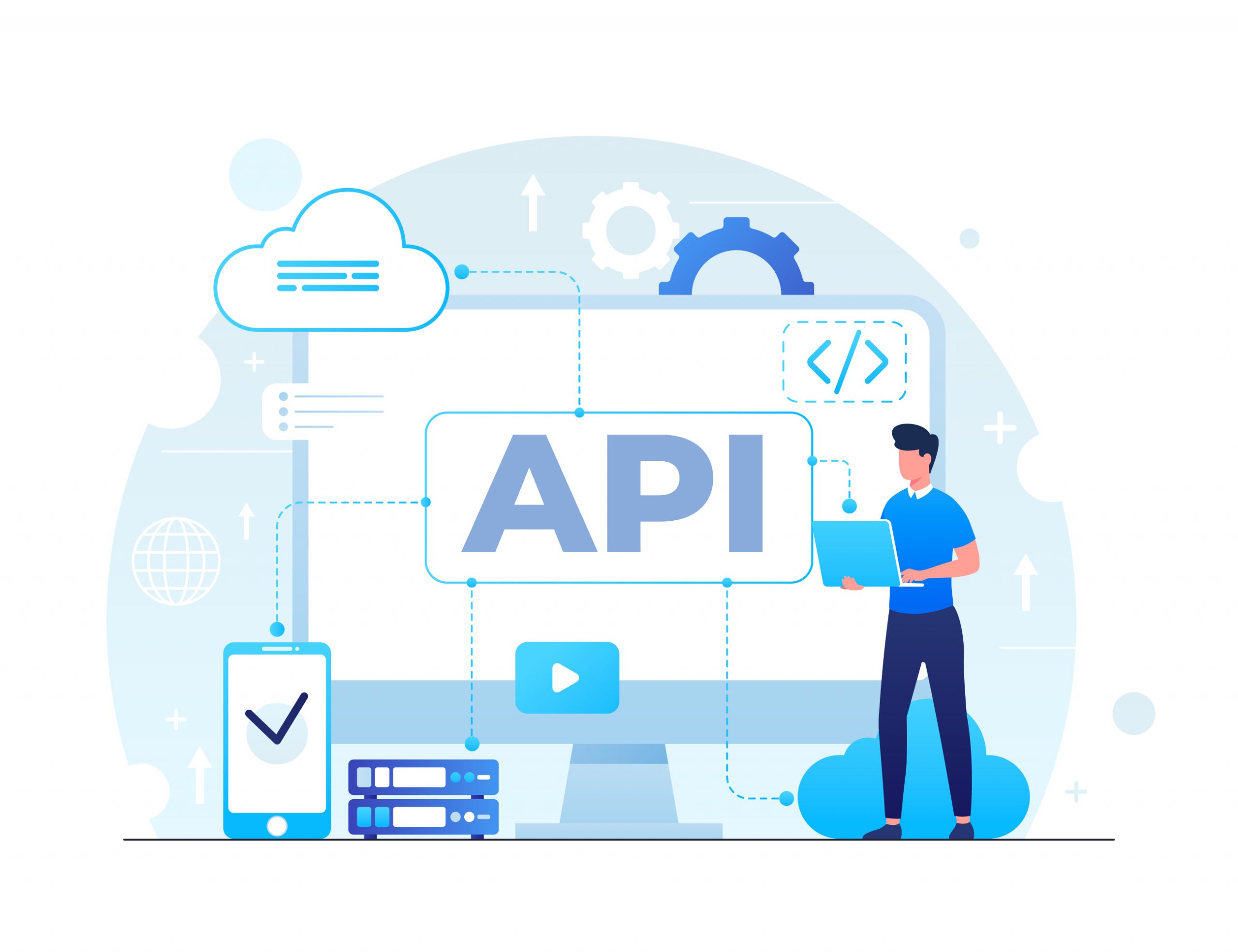Introduction
Developers often code up and come across some good unique ideas and projects in their career. They also participate in hackathons and side undertakings, for their love for coding. But sometimes, one may just have an idea and not wish to work from scratch. This is where APIs come to the rescue.
API stands for Application Programming Interface. It is a way for two or more pieces of software to communicate.
For example, Google has an API that allows you to get information about maps through interfaced Apps, and Twitter has an API that lets you send tweets again via connected Apps.
For convenience, APIs are rigorously documented to help people operate with them seamlessly. With clear and concise instructions, developers are able to integrate APIs with different applications. Should there be any compatibility issues there are extensive support resources for help.
In this article we will learn about some popular APIs.
Popular APIs
Twitter API: With the Twitter Ad API, businesses can create and manage their advertising campaigns on the platform. They can customize their ads, target specific audiences and track performances in real-time.
ChatGPT API: The ChatGPT API can be used to transform the App into a highly customizable chatbot for the organization. ChatGPT can be integrated into the particular chatbot platform the company is using, or even embedded in the website itself.
Google Map API: This API is a web-based service with which developers can embed maps on their websites or applications. Users can freely access the maps right from the website, without having to open Google Maps.
Discord API: Discord is a free communication platform meant for gamers, wherein they can create different chat channels to talk about specific topics and set up shared games. Using Discord API, allows developers to create bots or add extra features to their setups
GitHub API: GitHub is an online resource wherein developers can interact with the online resources programmatically. With the API, you can automate tasks and integrate it with other tools and services
PayPal API: This is a very popular payment service. Its API simplifies the payment process and makes transactions secure. When you want to make a payment, you are redirected from the eCommerce website to PayPal. PayPal stores your debit/credit card, but does not share the information with anybody while completing the transaction.
eCommerce API: This API provides custom solutions to businesses who want to work on platforms such as the Shopify eCommerce Platform. Developers use the API to build custom storefronts, add new features and functionality, integrate with third-party apps, construct payment gateways, list and set up shipping providers, as well as automate various processes.
Youtube API: YouTube offers an API for any developer wanting to interact with the videos on their platform. Developers can customize the video player’s size, playback quality, and other settings to match their application’s design and functionality.
Instagram API: This API allows businesses to connect their eCommerce facets to their Instagram feed. Going in the opposing direction, visitors can also view the comments and interactions on the eCommerce website from the Instagram posts
Slack API: Slack is a cloud-based communication and collaboration platform that enables promulgation of smooth and efficient remote work. The Slack API is quite similar to the Discord API as developers can build custom bots that can automate repetitive tasks or provide specific information to the users.
Conclusion
As you may have discerned by now, APIs are the backbone of web development. They give developers access to a wealth of functionality and data, making it easy to build custom software or to integrate with other services.
Today, top APIs cover everything from e-commerce and payments management, to customer relationship management (CRM). Whatever your business needs, these powerful APIs can empower you and your Apps by integrating and interconnecting them so that the job gets done in no time.
